Introduction
Affiliate Disclaimer: This post may include affiliate links. We may earn a commission at no extra cost if you buy through them. Thanks for your support!
Have you ever wondered what it would be like to unlock your true potential, enhance creativity, or experience greater well-being? The answer might lie in a practice called microdosing. By consuming small doses of certain substances, individuals claim to reap a variety of benefits without experiencing the intense psychedelic effects associated with those substances.
In this comprehensive guide on microdosing, I will walk you through everything you need to know to begin your microdosing journey. From understanding the benefits of microdosing to finding the correct dosage and creating a schedule that works for you, this guide will equip you with the knowledge and tools to explore this fascinating practice.
So, let’s unlock the potential of microdosing. Are you ready to discover a whole new world of possibilities?
Table of Contents
Key Takeaways:
- Microdosing involves consuming small doses of substances to experience various benefits without the full psychedelic effects.
- This guide will provide step-by-step instructions on how to start microdosing, along with tips for beginners.
- Creating a proper microdosing schedule and finding the correct dosage is crucial for a successful microdosing experience.
- Different substances are commonly used for microdosing, each with its effects and benefits.
- Optimizing your microdosing experience involves integrating microdosing with other lifestyle practices and tracking your progress.
Getting Started with Microdosing
Welcome to the world of microdosing! You’ve come to the right place if you’re new to this practice and eager to explore its benefits. In this section, I’ll walk you through some essential beginner microdosing tips and provide step-by-step instructions on how to start your microdosing journey.
Tip 1: Research and Educate Yourself
Before diving into microdosing, gathering information and educating yourself about the practice is crucial. Learn about the substances commonly used for microdosing, their effects, and their potential benefits and risks. Resources like scientific studies, books, and reputable websites can provide valuable insights.
Tip 2: Start with a Schedule
Creating a microdosing schedule for your microdosing regimen is critical to maintaining consistency and maximizing the benefits. Decide on the frequency of your microdosing days and determine the duration of your cycle. A typical microdosing schedule could involve taking a microdose every three to four days for six to eight weeks.
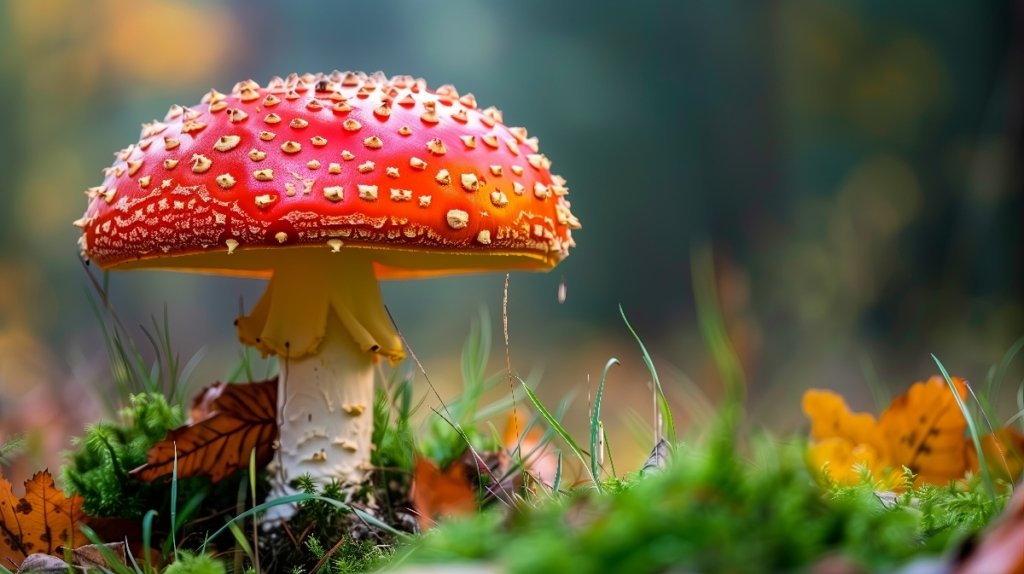
Tip 3: Find the Right Dosage
When it comes to microdosing, finding your optimal dosage is a personal process. It’s recommended to start with a low dose and gradually increase it over time until you find the right balance. A microdose is typically a fraction of a regular psychedelic dose, usually around 1/10 to 1/20 of a standard dose.
Tip 4: Set Intentions and Track Progress
Setting intentions before each microdosing session can help you maintain focus and cultivate a positive mindset. Tracking your progress by keeping a journal or using a dedicated app is also beneficial. This allows you to observe any patterns or changes in your mood, creativity, productivity, or overall well-being.
Tip 5: Cultivate Mindfulness
Microdosing can be a powerful tool for self-discovery and personal growth. To fully embrace the experience, it’s essential to cultivate mindfulness during your microdosing journey. Take time to reflect on your thoughts, emotions, and sensations. Engage in meditation, journaling, or simply spending time in nature.
By following these beginner’s microdosing tips and embracing the journey with an open mind, you’ll be well on your way to exploring the potential benefits of microdosing. Now that you have a solid foundation, let’s move on to the next section, where we’ll craft a proper microdosing schedule.
Also Read: What Is Microdosing, And How Long Does a Microdose Last
Scheduling Your Microdosing Journey
Creating a structured schedule is essential for a successful microdosing regimen. It allows you to maintain consistency and track your progress effectively. Here are some critical steps to establish a microdosing schedule:
- Determine your goals: Start by clarifying why you want to microdose. Are you seeking increased creativity or mental clarity? Do you want to manage Anxiety or depression? Understanding your objectives will help you set realistic expectations and determine the ideal frequency and duration of your microdosing sessions.
- Choose a dosing schedule: Based on your goals and personal preferences, decide on the frequency of your microdosing sessions. Typical schedules include every other day, two days on, one day off, or five days on, two days off. Consistency is vital; choose and commit to a schedule that aligns with your lifestyle.
- Start small: When beginning your microdosing journey, finding the correct dosage for your needs is crucial. Start with a low dose and gradually increase it until you find the sweet spot for experiencing the desired effects without discomfort or unwanted side effects. Everyone’s sensitivity to substances differs, so listen to your body and adjust accordingly.
- Keeping a journal: Maintain a journal to track the specific dosages, substances used, and any noticeable effects or changes in your mood, energy levels, or cognitive function. This record will help you make informed decisions about adjusting your schedule or dosage as you progress on your microdosing journey.
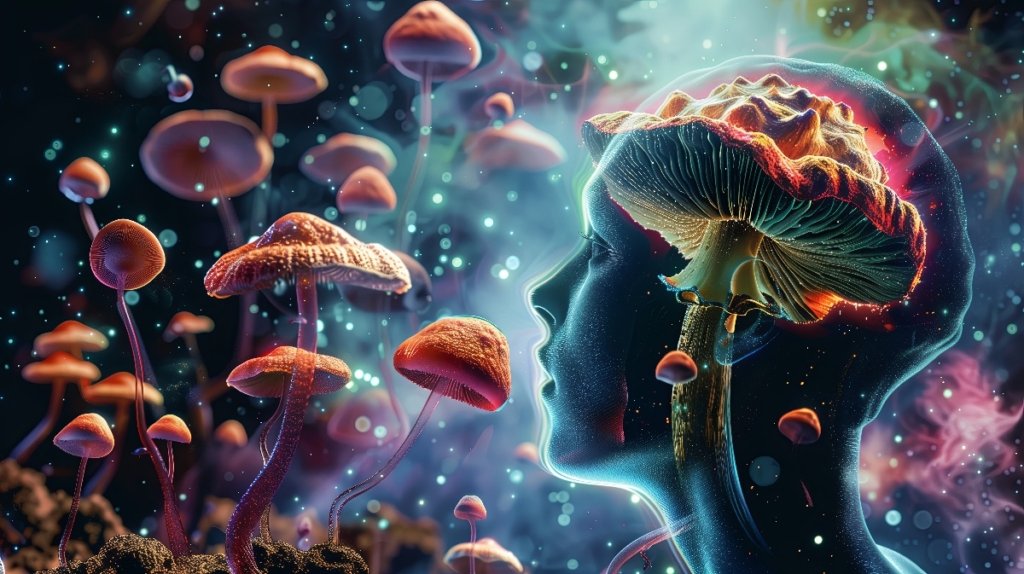
Remember, proper scheduling and dosage are crucial for optimizing the benefits of microdosing. However, it’s essential to consult with a healthcare professional before starting any new regimen, especially if you have pre-existing medical conditions or are taking any medications.
“Consistency is key; choose a schedule that aligns with your lifestyle and commit to it.”
Microdosing Dosage Chart
| Substance | Microdosing Dosage | Effects |
|---|---|---|
| Psilocybin (Magic Mushrooms) | 0.1 – 0.3 grams | Enhanced creativity, improved mood, increased focus |
| LSD (Lysergic Acid Diethylamide) | 5 – 20 micrograms | Elevated mood, heightened perception, enhanced cognitive function |
| MDMA (3,4-Methylenedioxymethamphetamine) | 20 – 40 milligrams | Increase in empathy, enhanced social connection, mood enhancement |
It’s important to note that the dosages mentioned in the chart are general guidelines. Individual tolerances and sensitivities can vary, so always start with the lowest possible dose and adjust as needed. Consulting a healthcare professional familiar with microdosing can also provide personalized guidance.
Best Substances for Microdosing
When it comes to microdosing, choosing a suitable substance is crucial for a safe and practical experience. While various options are available, it’s essential to consider each substance’s effects, benefits, and potential risks before deciding.
LSD: LSD, or lysergic acid diethylamide, is one of the most well-known substances used for microdosing. It is known for enhancing cognition, creativity, and mood. Many microdoses report increased focus, improved problem-solving skills, and general well-being. However, it’s important to note that LSD is a potent hallucinogen and should be used with caution.
Psilocybin: Psilocybin, found in psychedelic mushrooms, is another popular choice for microdosing. It has been reported to improve mood, boost creativity, and enhance introspection. Some users also claim it helps with Anxiety, depression, and addiction. However, it’s essential to ensure that you are using a reliable source of psilocybin mushrooms and to be aware of the legal implications in your area.
DMT: Dimethyltryptamine, or DMT, is a naturally occurring compound found in certain plants and produced by the human body. It is known for its powerful and transformative effects, often described as a “spiritual” or “mystical” experience. While DMT is not commonly used for microdosing, some individuals incorporate it into their regimen for its potential therapeutic benefits.
“Microdosing has been a game-changer for me. I started with LSD and found it helped me tap into my creativity and think outside the box. It’s been a valuable tool in my personal and professional growth.” – Jane Walz, Microdosage Enthusiast.
MDMA: MDMA, commonly referred to as ecstasy, is not typically associated with microdosing. However, some individuals have reported using small doses of MDMA for its empathogenic and energetic effects. It’s important to note that MDMA is a stimulant and should be used responsibly and with caution.
These are just a few examples of the substances commonly used for microdosing. It’s worth mentioning that individual experiences can vary, and what works for one person may not work for another. It’s always recommended to start with low doses and gradually increase as needed while closely monitoring the effects.
Substances for Microdosing
| Substance | Effects | Benefits | Risks |
|---|---|---|---|
| LSD | Enhanced cognition, creativity, mood | Increased focus, problem-solving skills, well-being | Potential hallucinations, legal implications |
| Psilocybin | Improved mood, creativity, introspection | Anxiety, depression, addiction relief | Reliable source, legal implications |
| DMT | Powerful, transformative experience | Potential therapeutic benefits | Not commonly used for microdosing |
| MDMA | Empathogenic, energetic effects | Unique experiences | Potential stimulant effects |
Optimizing Your Microdosing Experience
When embarking on a microdosing journey, optimizing your experience to maximize the potential benefits and minimize any possible risks is essential. Here are some strategies to help you make the most of your microdosing practice:
Integrating Microdosing with Other Lifestyle Practices
Microdosing is not a standalone solution but a tool that can be integrated into a holistic approach to well-being. Alongside microdosing, consider incorporating other lifestyle practices such as meditation, exercise, and healthy eating habits. These complementary activities can enhance the effects of microdosing and contribute to an overall sense of well-being.
Tracking Your Progress
Keeping track of your microdosing experiences and effects is crucial for understanding how it impacts your daily life. Creating a journal or using a dedicated tracking app can help you monitor your mood, energy levels, focus, and creativity. By tracking your progress, you can identify patterns, identify what works best for you, and make adjustments as needed.

Dealing with Potential Side Effects
As with any substance or practice, microdosing may have potential side effects for some individuals. It’s essential to be aware of these effects and know how to manage them effectively. Common side effects may include mild headaches, changes in appetite, or altered sleep patterns. If you experience discomfort or adverse reactions, consider reducing your dosage or consulting a healthcare professional for guidance.
“Integrating microdosing with other wellness practices and tracking my experiences has allowed me to truly understand its effects on my day-to-day life.” – Sarah, microdoser for 6 months
By optimizing your microdosing experience through integration, tracking, and managing side effects, you can foster a more productive and fulfilling journey. Remember, microdosing effects can vary from person to person, so it’s crucial to find what works best through experimentation and self-awareness.
| Strategy | Description |
|---|---|
| Integrate Microdosing with Other Lifestyle Practices | Combine microdosing with meditation and exercise to enhance its effects and overall well-being. |
| Track Your Progress | Keep a journal or use a tracking app to monitor the effects of microdosing on your mood, energy levels, and creativity. |
| Manage Potential Side Effects | Be aware of common side effects and seek advice from a healthcare professional if discomfort or adverse reactions occur. |
Conclusion
This guide has provided you with valuable insights into the world of microdosing. Throughout this journey, we have explored the benefits of microdosing and provided a comprehensive guide on how to get started, create a schedule, choose the proper substances, and optimize your microdosing experience.
Remember, microdosing is a personal practice, and what works for one person may not work for another. It’s essential to approach microdosing with an open mind and listen to your body. Take the information you have learned from this guide and tailor it to your own needs and preferences.
Whether you’re seeking to enhance creativity, improve focus, or manage mental health, microdosing has the potential to be a valuable tool in your toolkit. However, it’s crucial to approach it responsibly and with caution. Be mindful of your dosage, follow a proper schedule, and seek guidance from a healthcare professional if needed.
Lastly, I encourage you to embrace microdosing as a journey of self-discovery. Take note of your experiences, observe any changes, and reflect on how microdosing impacts your life. Your journey with microdosing is unique, and by paying attention to your own experiences, you can make informed decisions moving forward.
FAQ
What is microdosing?
Microdosing is the practice of taking small, sub-perceptual doses of certain substances, such as psychedelics or cannabinoids, to experience subtle effects that can enhance mood, focus, creativity, and overall well-being.
What are the benefits of microdosing?
Microdosing has been reported to offer a range of benefits, including increased creativity and productivity, improved mood and emotional well-being, enhanced focus and concentration, and potential relief from certain mental health conditions, such as depression and Anxiety. However, it’s important to note that individual experiences may vary.
How do I start microdosing?
To start microdosing, it’s essential to research and choose a substance that aligns with your goals and preferences. Begin with a low dose, typically around 5-10% of a standard recreational dose. Follow a schedule, often every few days or once a week, and track your experiences and effects to adjust your dosage if needed.
How do I create a microdosing schedule?
Creating a microdosing schedule involves finding the right frequency and dosage for your needs. Generally, it is recommended to start with a low dose and observe the effects before adjusting the frequency. A typical schedule is to microdose every three to four days, allowing time for any residual effects to subside.
Which substances are commonly used for microdosing?
Some of the most commonly used substances for microdosing include psychedelics like LSD or psilocybin mushrooms, as well as cannabinoids like THC or CBD. Each substance has unique effects, and it’s essential to do thorough research and consult with a professional before deciding on the best substance for your needs.
What are the potential risks or side effects of microdosing?
While microdosing is generally considered safe, it’s essential to approach it responsibly and be aware of potential risks. Some individuals may experience side effects such as increased Anxiety, difficulty focusing, or altered perception. To minimize any possible risks or discomfort, starting with low doses, following a schedule, and listening to your body is essential.
How can I optimize my microdosing experience?
Optimizing your microdosing experience involves several factors. Creating a supportive environment, incorporating healthy lifestyle practices such as nutrition and exercise, and maintaining a positive mindset are essential. Tracking your experiences and effects can help you adjust your dosage and schedule to maximize the benefits.
Is microdosing legal?
The legal status of microdosing substances varies depending on your location and the specific substance being used. While some substances, like LSD or psilocybin mushrooms, are illegal in many countries, others, like CBD, may be legal or have various legal restrictions. Researching and adhering to your jurisdiction’s laws and regulations is crucial.

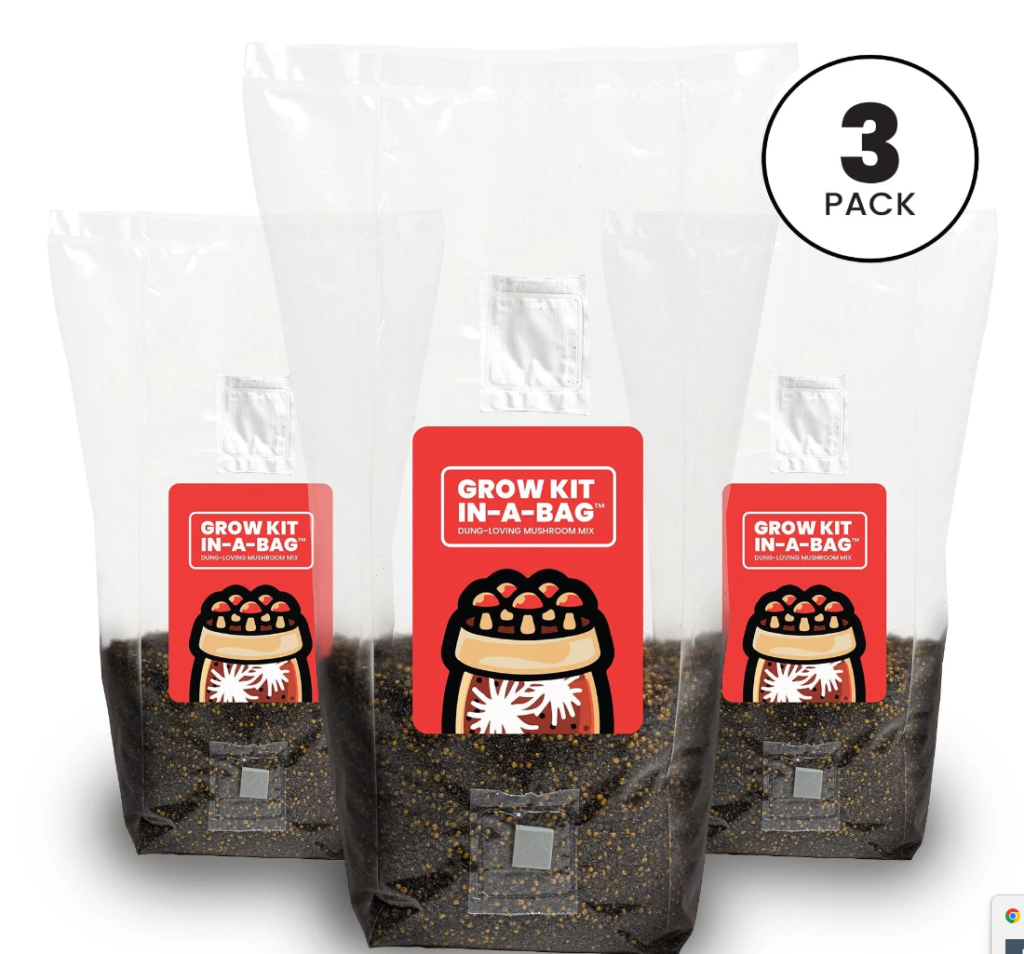
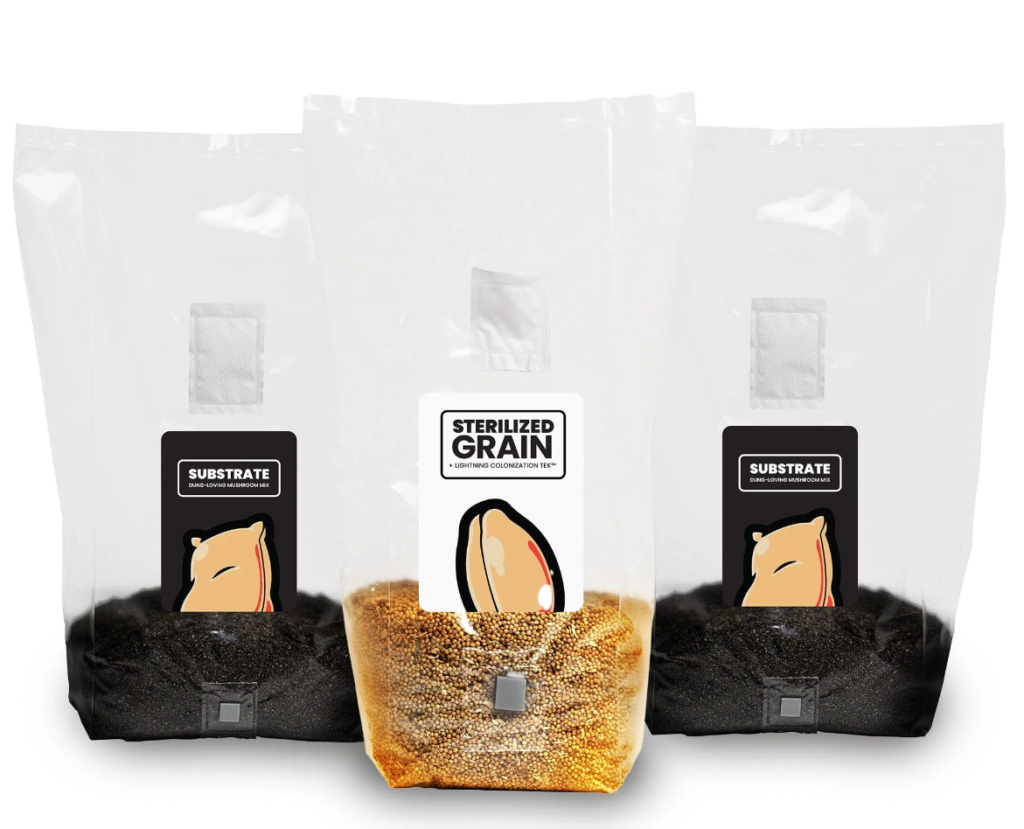
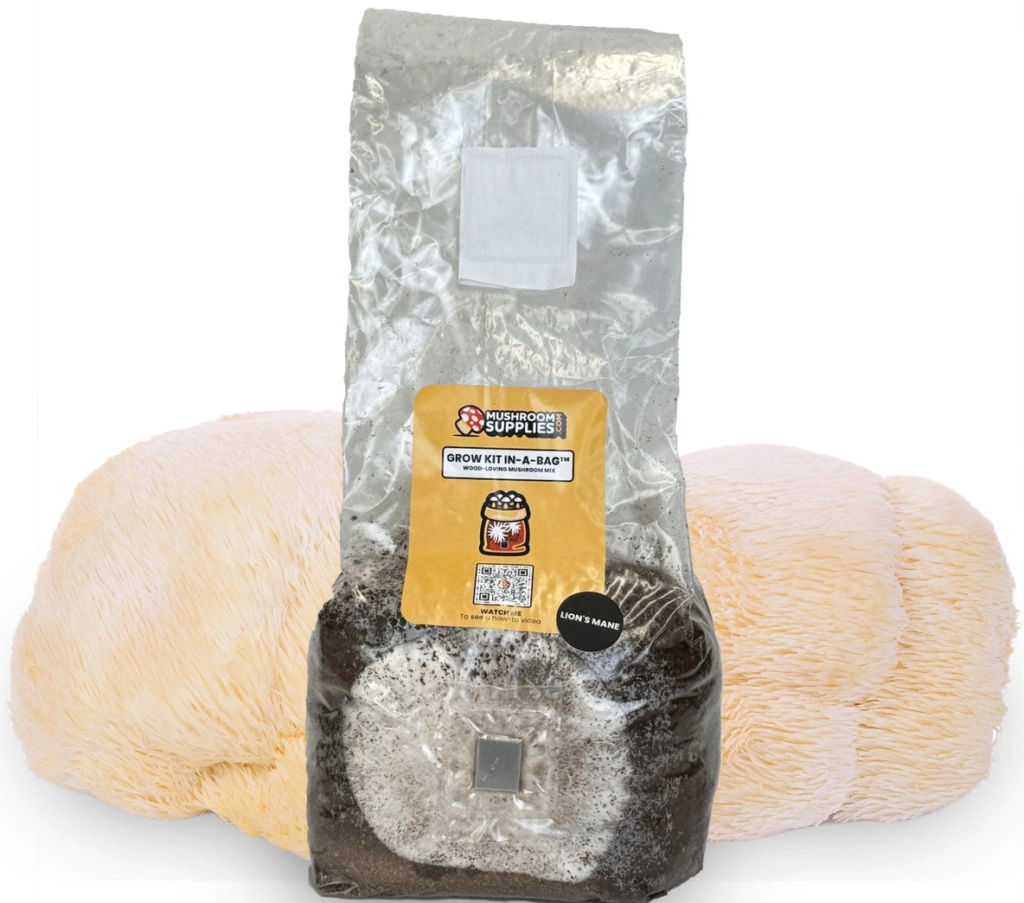

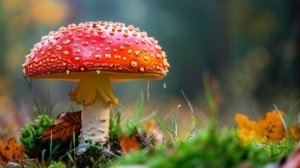

Pingback: Full Body CBD Gummies for Holistic Wellness
Thank you for your sharing. I am worried that I lack creative ideas. It is your article that makes me full of hope. Thank you. But, I have a question, can you help me?